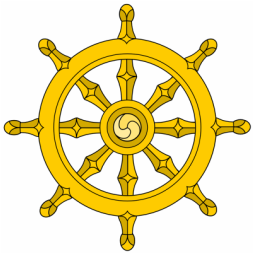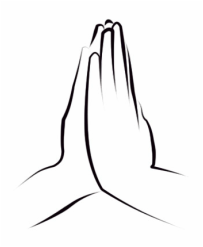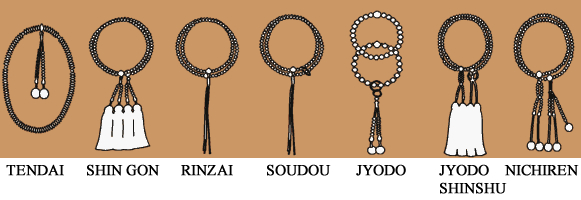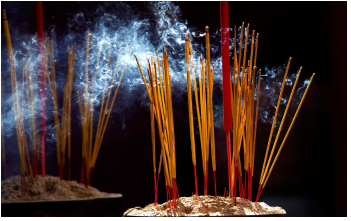
Incense (Oshoko)
Incense diffuses sweet fragrance, transcending its shape and color. This burning of incense symbolizes the transcending of selfishness or ego to become one with all others.
Incense diffuses sweet fragrance, transcending its shape and color. This burning of incense symbolizes the transcending of selfishness or ego to become one with all others.
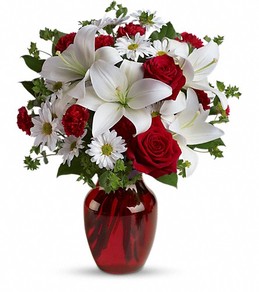
Flowers
Flowers adorn the altar. They are appreciated not only for their beauty, but is a symbol of impermanence . . . they are beautiful in the morning, but fade in the heat of day. They remind us of the continuous change within and around us.
Flowers adorn the altar. They are appreciated not only for their beauty, but is a symbol of impermanence . . . they are beautiful in the morning, but fade in the heat of day. They remind us of the continuous change within and around us.
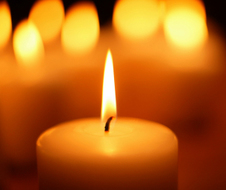
Candlelight
The lights burning in the altar symbolize wisdom, the light through which we understand truth. For Buddhists, wisdom is realized only through immediate and direct experience.
The lights burning in the altar symbolize wisdom, the light through which we understand truth. For Buddhists, wisdom is realized only through immediate and direct experience.
